Pinot Noir Red Wine Grapes | Characteristics Taste & Color
All About Pinot Noir Red Wine Grapes - Characteristics, Taste and Color
At Casa Loce, we don’t just pour Pinot Noir—we live it. After years of curating intimate wine experiences and walking the vineyards that birth this delicate varietal, we’ve developed a deep appreciation for what makes Pinot Noir truly exceptional. It’s not just the graceful ruby color or the balanced notes of cherry, earth, and spice—it’s the story each bottle tells, from vine to table. In this guide, we share our firsthand knowledge of Pinot Noir red wine grapes: their signature characteristics, evolving taste profile, and the subtle beauty of their color spectrum. If you’ve ever wondered why Pinot Noir holds such a sacred place in the world of wine, Casa Loce invites you to explore this varietal through a lens shaped by lived experience and soulful storytelling.
In this exploration, we’ll go beyond the basics, revealing how various aspects influence its uniqueness.
Top 5 Takeaways
-
Rich History: It has thrived for centuries, adapting to diverse climates.
-
Precision in Cultivation: Various aspects shape its depth and structure.
-
Versatile Expression: Flavor shifts from bright and fruit-forward to deep and earthy, depending on the area where it is grown.
-
Color Tells a Story: Shades range from light ruby to deep garnet, revealing age and origin.
-
A Journey in Every Glass: No two bottles are the same.
Its History
Pinot Noir is among the oldest ones globally, originating from the Burgundy region of France. During the Roman era, appreciation for their unique qualities began to emerge.
Its adaptability to various climates has encouraged cultivation in regions from its native France to New World areas like America and Australia.
Its Cultivation
Perfecting their cultivation involves artful balance and scientific understanding.
Climate plays a crucial role as well. They thrive in cooler climates where slow ripening allows for the development of intricate flavors.
Pruning techniques must be implemented diligently to control yield and enhance its quality.
Notable Characteristics
These delicate-skinned fruits are known for an extensive range of flavors and aromas, primarily influenced by the vineyard's terroir.
Remarkably adaptable, they can capture subtle environmental changes, resulting in diverse profiles. Such sensitivity to the vineyard conditions pairs well with the maker's skills. They usually employ varied techniques to highlight its natural attributes.
Its Distinctive Flavor Profile
Wine experts describe this variety when grown in different regions. Its elegance combines with intricate characteristics that change based on where farmers cultivate it. The terroir influences wine to exhibit notes that span from fruity red ripeness to grounded mushroom flavors.
Food matches with this wine blend easily because its wide range of tastes creates a flexible taste combination. The food masterpiece complements both delicate salmon and robust lamb dishes, among numerous others. The right pairings depend on particular flavor elements that originate from the terroir.
Understanding Its Beauty
Shades of this captivating masterpiece span from an almost translucent red to an intense ruby or garnet.
Those cultivated in cool climates often give rise to those with a lighter color and delicate structure. On the other hand, warmer regions tend to yield those with a bolder hue and robust body.
"Pinot Noir is more than a wine—it’s a reflection of its origins, climate, and the hands that cultivate it. Through our tastings and vineyard visits, we’ve witnessed firsthand how its delicate balance of acidity, tannins, and fruit evolves with each vintage. The way it responds to terroir is unparalleled, revealing its story through color, aroma, and structure. Whether grown in the misty hills of Burgundy or the sun-drenched valleys of California, no two bottles are ever truly the same—each one is a testament to nature’s influence and the winemaker’s craft."

Supporting Facts and Statistics
The grape variety Pinot Noir manifests its distinct qualities based on its fundamental environment together with winemaking procedures and genetic differences. By visiting vineyards and engaging in expert tastings, we discovered various unique elements that differentiate Pinot Noir from other wines.
1. Genetic Diversity
-
Nearly 100 registered clones exist, each influencing the wine’s profile.
-
Its adaptability creates distinct regional expressions.
-
Research from UC Davis confirms its genetic complexity.
Source: wineinstitute.org
2. Economic Value in California
-
$1,570.59 per ton was the average price for Pinot Noir grapes in 2019.
-
Reflects strong demand despite market fluctuations.
-
Winemakers value their ability to express terroir.
Source: nass.usda.gov
3. Oregon’s Pinot Noir Dominance
-
60% of vineyard acreage in Oregon is dedicated to Pinot Noir.
-
The cool climate produces elegant, world-class wines.
-
Willamette Valley is a leading Pinot Noir region.
Source: industry.oregonwine.org
These statistics highlight why Pinot Noir remains a highly prized and technically complex grape. Each bottle tells a unique story—shaped by climate, cultivation, and winemaker precision.
Final Thoughts & Key Insights
Through firsthand tastings across different regions that produce it, one thing is clear: no two bottles are ever identical.
What Makes It Stand Out?
-
Terroir-Driven Expression: Every region imparts distinct qualities.
-
Winemaker’s Challenge: Its delicate nature demands precision.
-
Aging Potential: Young expressions offer vibrancy, while older vintages reveal layers of complexity.
This isn’t just in the glass—it’s in the journey of discovering its many expressions.
Frequently Asked Questions
What grape is used for Pinot Noir?
Pinot Noir wine is made from the Pinot Noir grape, a red wine grape variety of the species Vitis vinifera.
What is so special about Pinot Noir?
Pinot Noir is special due to its complex flavor profile, which can include notes of berries, plum, and earthy undertones.
Which is better, Cabernet or Pinot Noir?
Choosing between Cabernet and Pinot Noir is highly subjective and depends on personal taste. Cabernet is typically full-bodied and robust, while Pinot Noir is lighter, more delicate, and complex.
What is the difference between Merlot and Pinot Noir grapes?
Merlot and Pinot Noir grapes have distinctive differences. Merlot grapes are generally larger and have a thinner skin compared to Pinot Noir grapes. In terms of flavor, Merlot wines tend to be more fruit-forward and less acidic than Pinot Noir.
Why is Pinot Noir so difficult to grow?
Pinot Noir is a difficult grape to grow because it has a thin skin and is susceptible to various diseases and pests. It also requires a specific climate - cool but not too cold - to grow optimally.
What not to pair with Pinot Noir?
Foods with strong, overpowering flavors are not usually paired with Pinot Noir. Its delicate, subtle flavors can be overshadowed by spicy or heavily seasoned dishes.
Why is Pinot Noir so expensive?
Pinot Noir is expensive due to the difficulty and cost of growing the grapes. The vines are delicate, require specific conditions, and yield fewer grapes than other varieties, leading to higher production costs.
What is the most difficult wine to grow?
Pinot Noir is often considered the most difficult wine to grow due to its sensitivity to environmental conditions, susceptibility to diseases, and low yield.
Is there a difference between Pinot and Pinot Noir?
There is no difference between Pinot and Pinot Noir. "Pinot" is simply a shortened version of "Pinot Noir," both referring to the same red wine grape variety.
What is the most planted red variety in the US?
Cabernet Sauvignon is the most-planted red variety in the US, particularly in California, which is known for its Cabernet wines.
Is Pinot Noir sweet or dry?
Pinot Noir is typically a dry wine, although its high acidity and fruity flavors can sometimes give the impression of sweetness.
What kind of wine is Merlot?
Merlot is a type of red wine made from Merlot grapes. It is known for its soft, velvety texture and plum, black cherry, and herbal flavors.
Join us for a look into our elegant approach to winemaking and gracious hospitality. We welcome our members and their guests by appointment only. Become a member or book an event by visiting CasaLoce.com
Casa Locé
Upper Ojai California
10065 N Ojai Rd, Ojai, CA 93023
https://maps.app.goo.gl/E7YQCnXAFHq1bKz46




